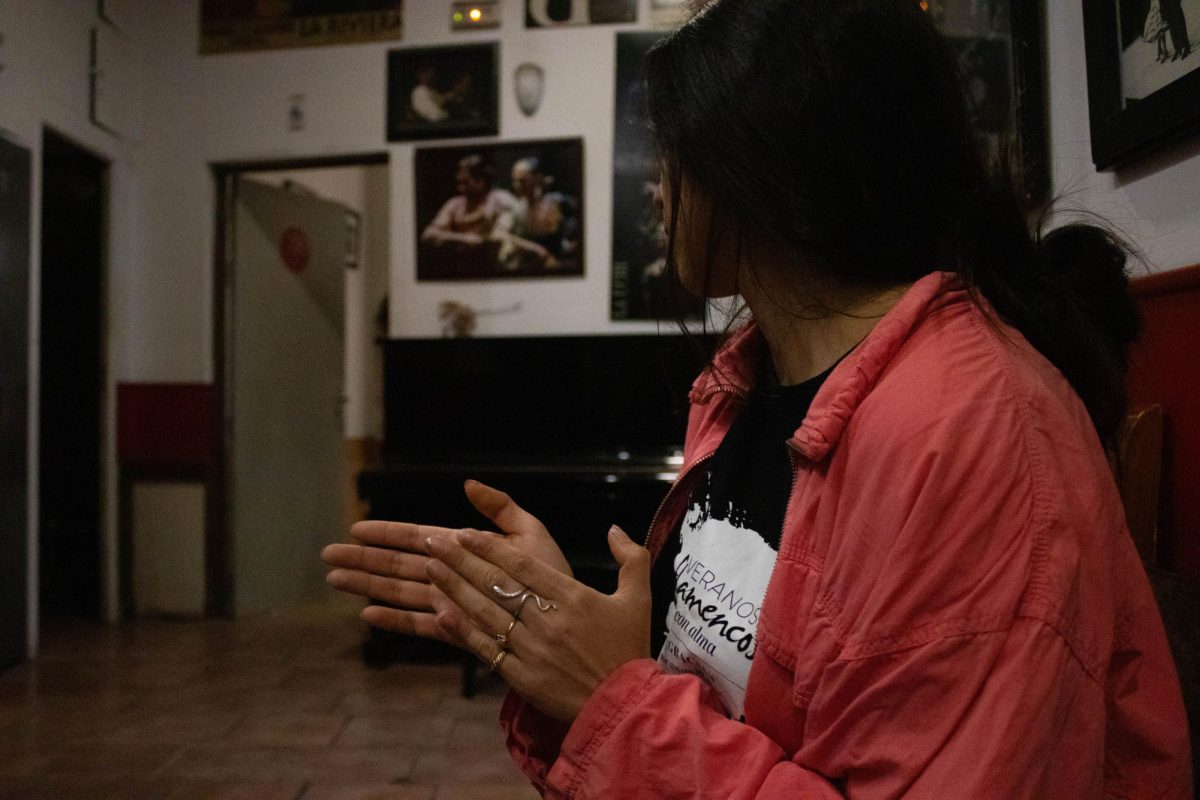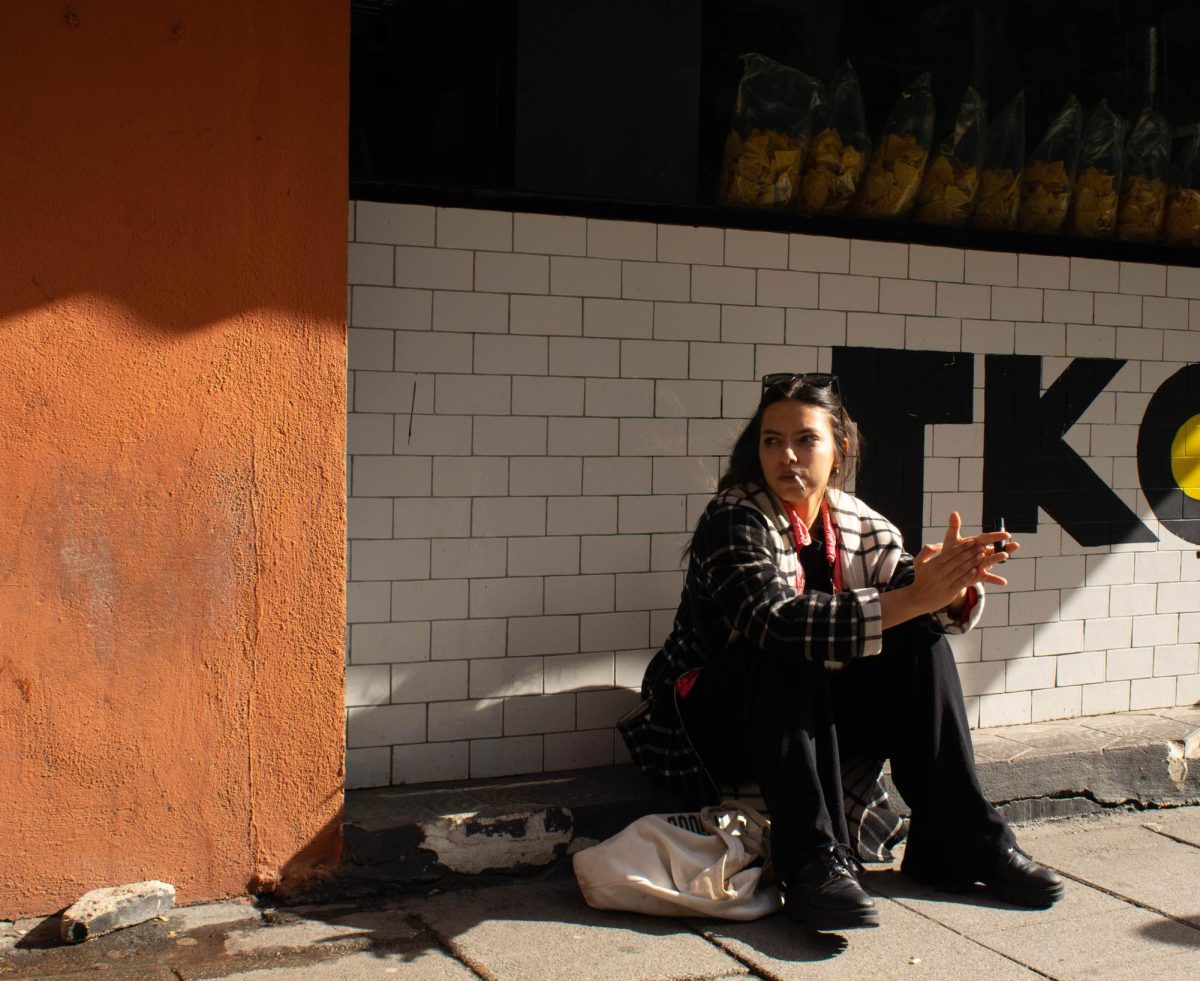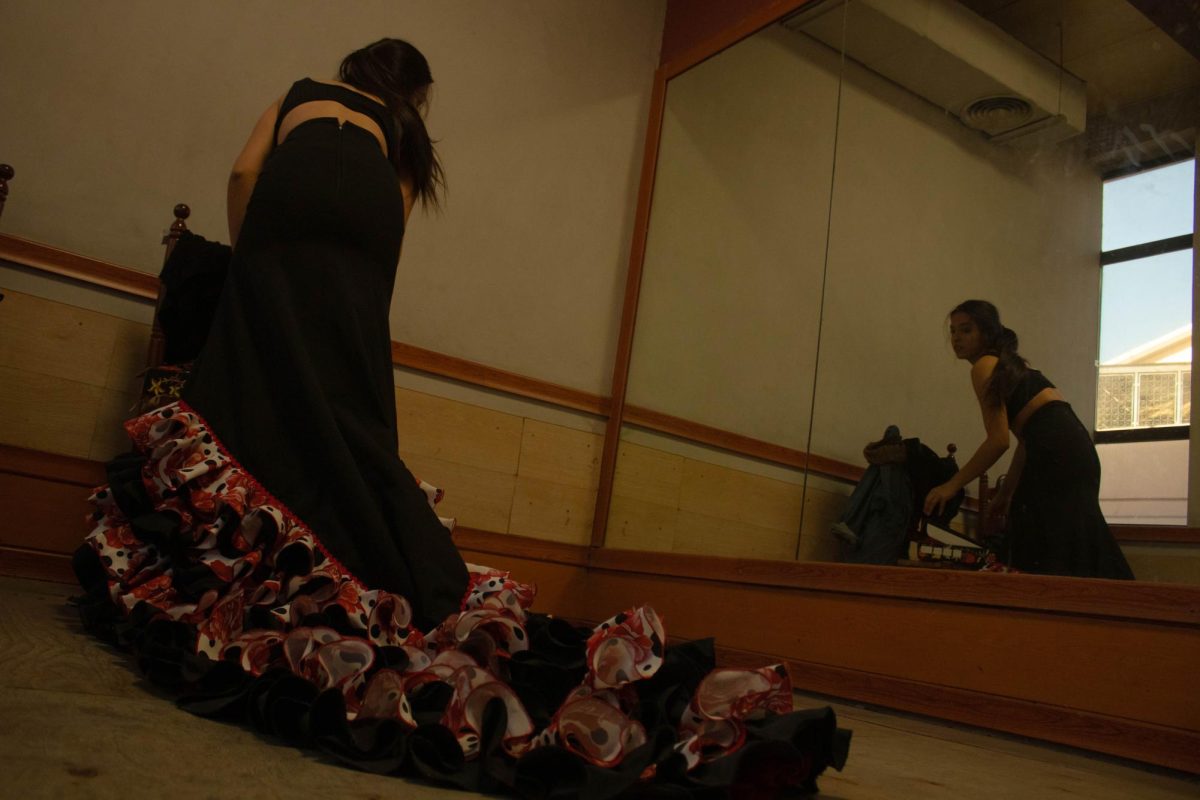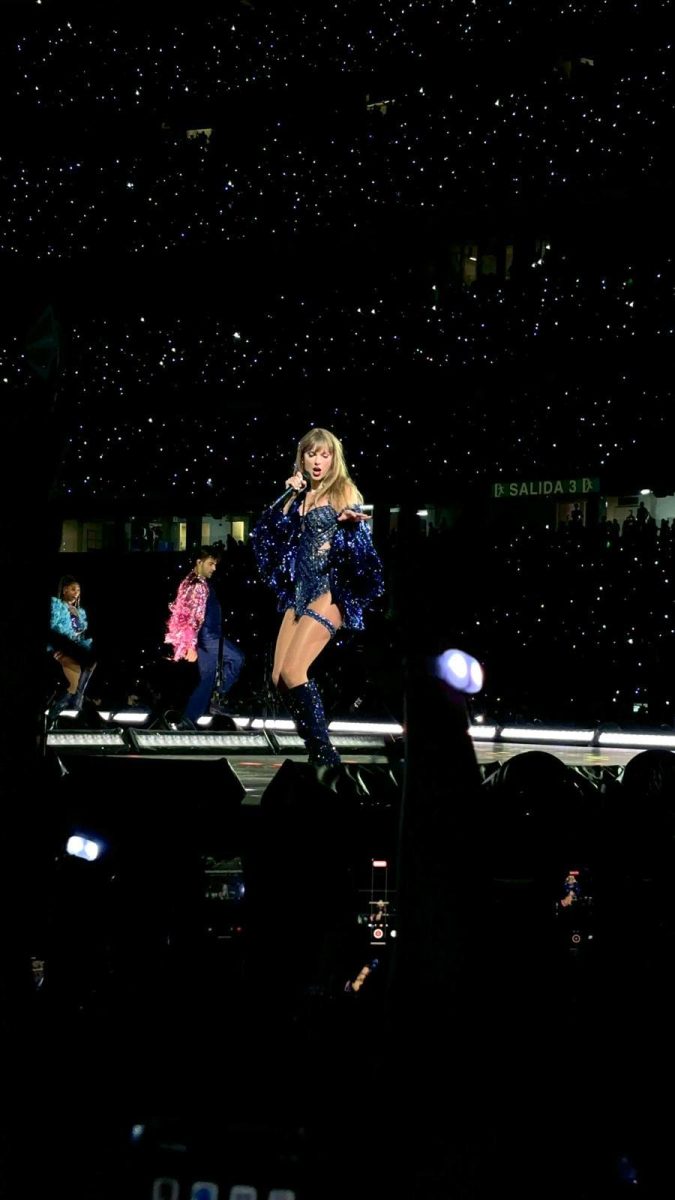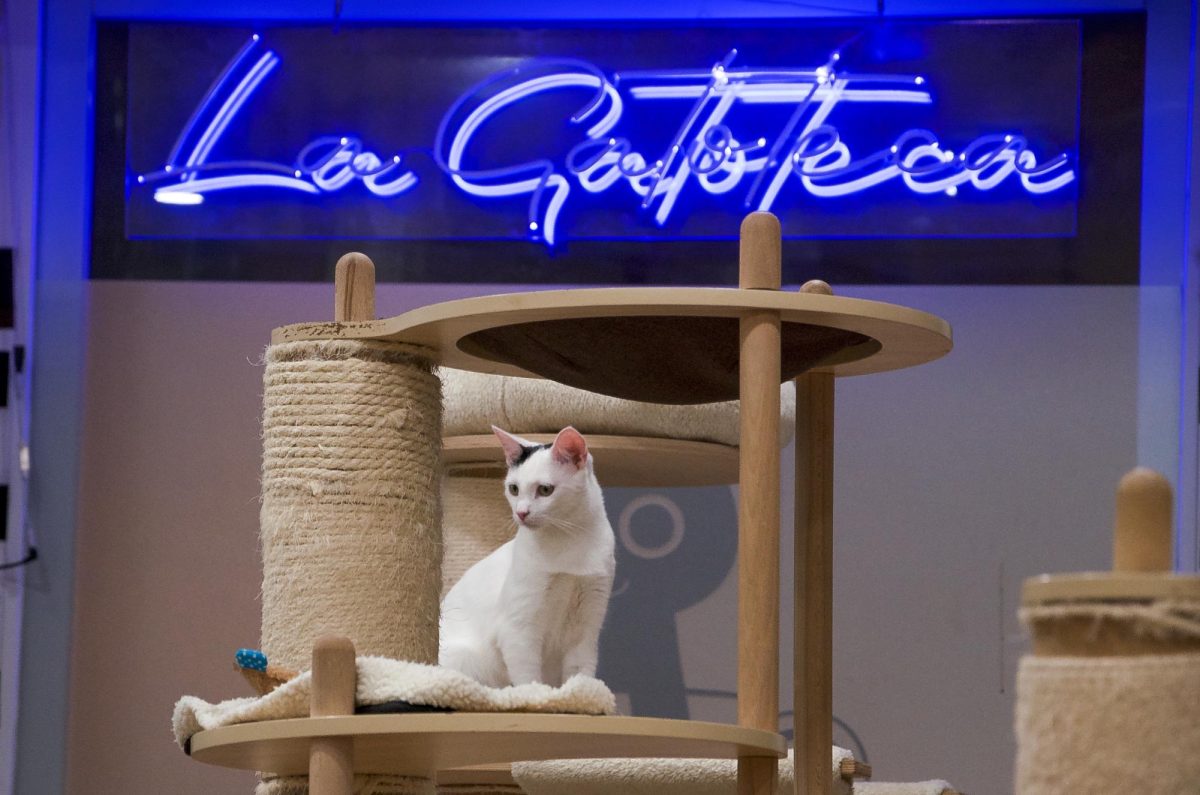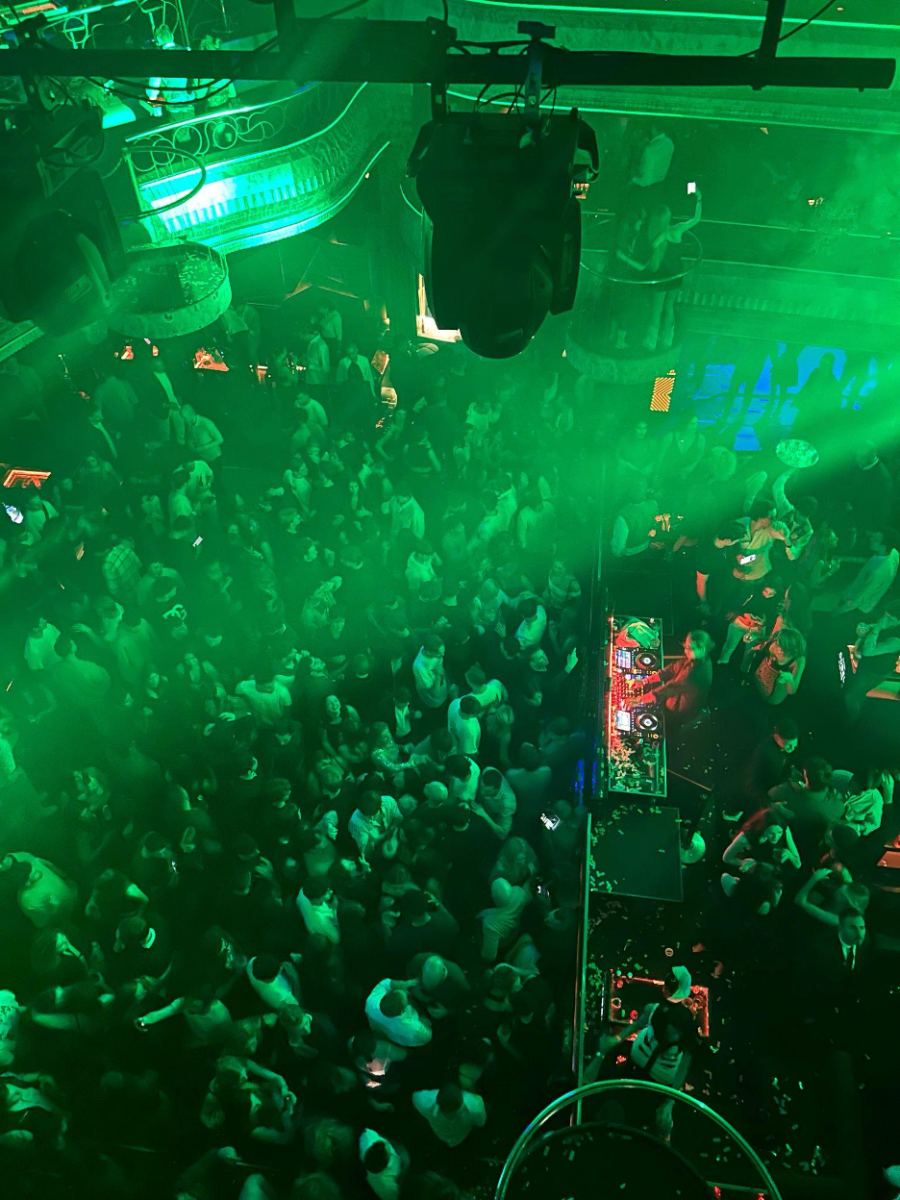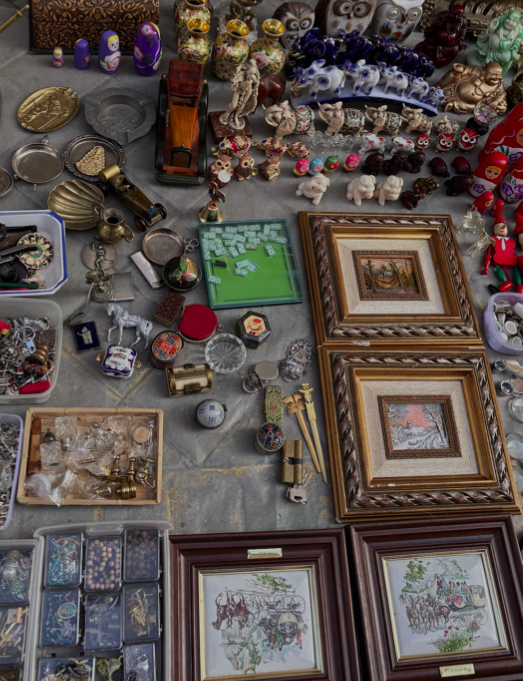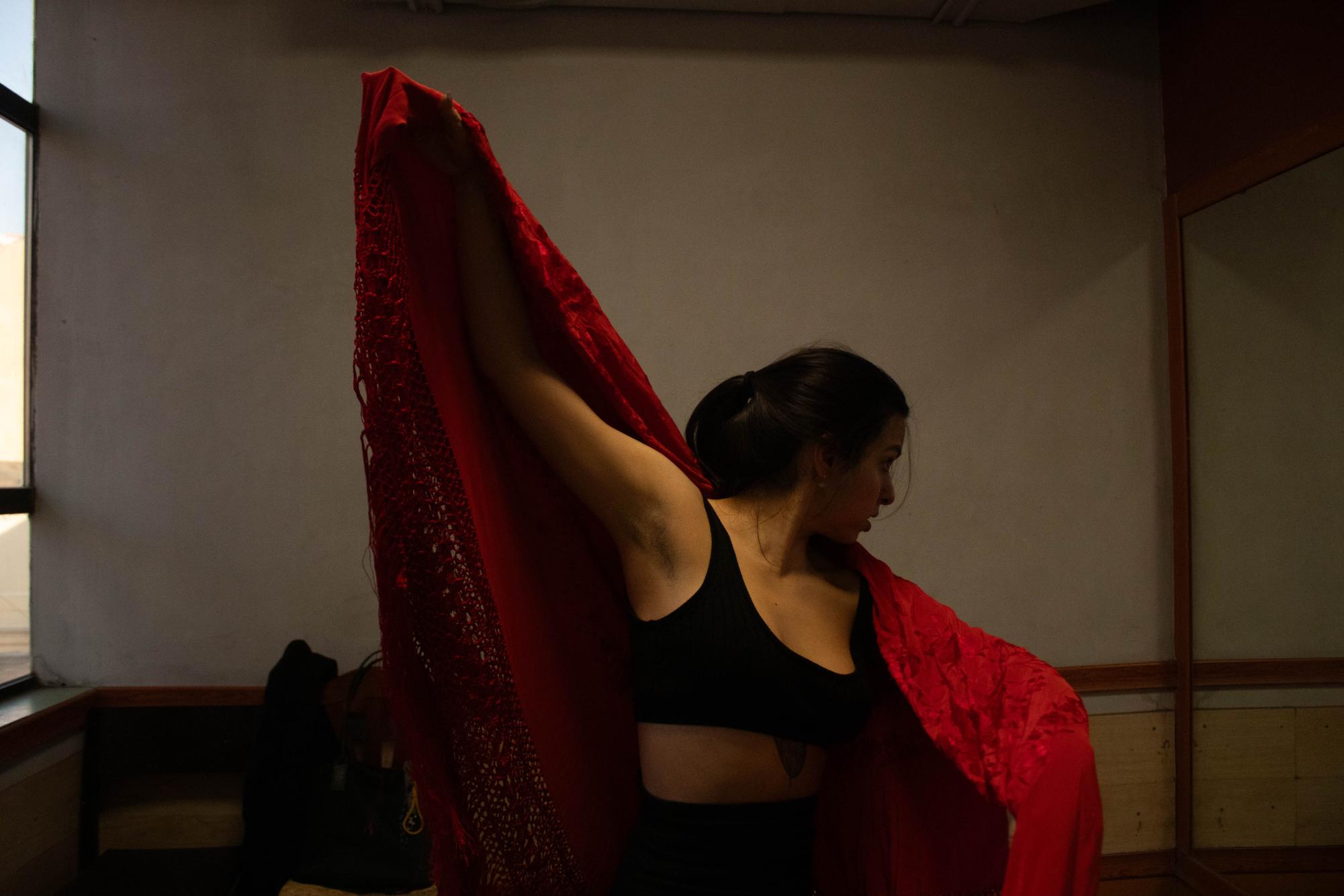
Mia La Flamenca: From Texas to the Tablao
This is Mia Lourdes, 25 years old from Texas. Mia’s story began with movement. From a young age, her mother introduced her to dance, pushing her to explore every rhythm and style. But at eight, she stepped into a flamenco class—and something clicked. By ten, flamenco had consumed her. At seventeen, she made the boldest move of her life: leaving behind everything familiar to chase her dream in Spain.
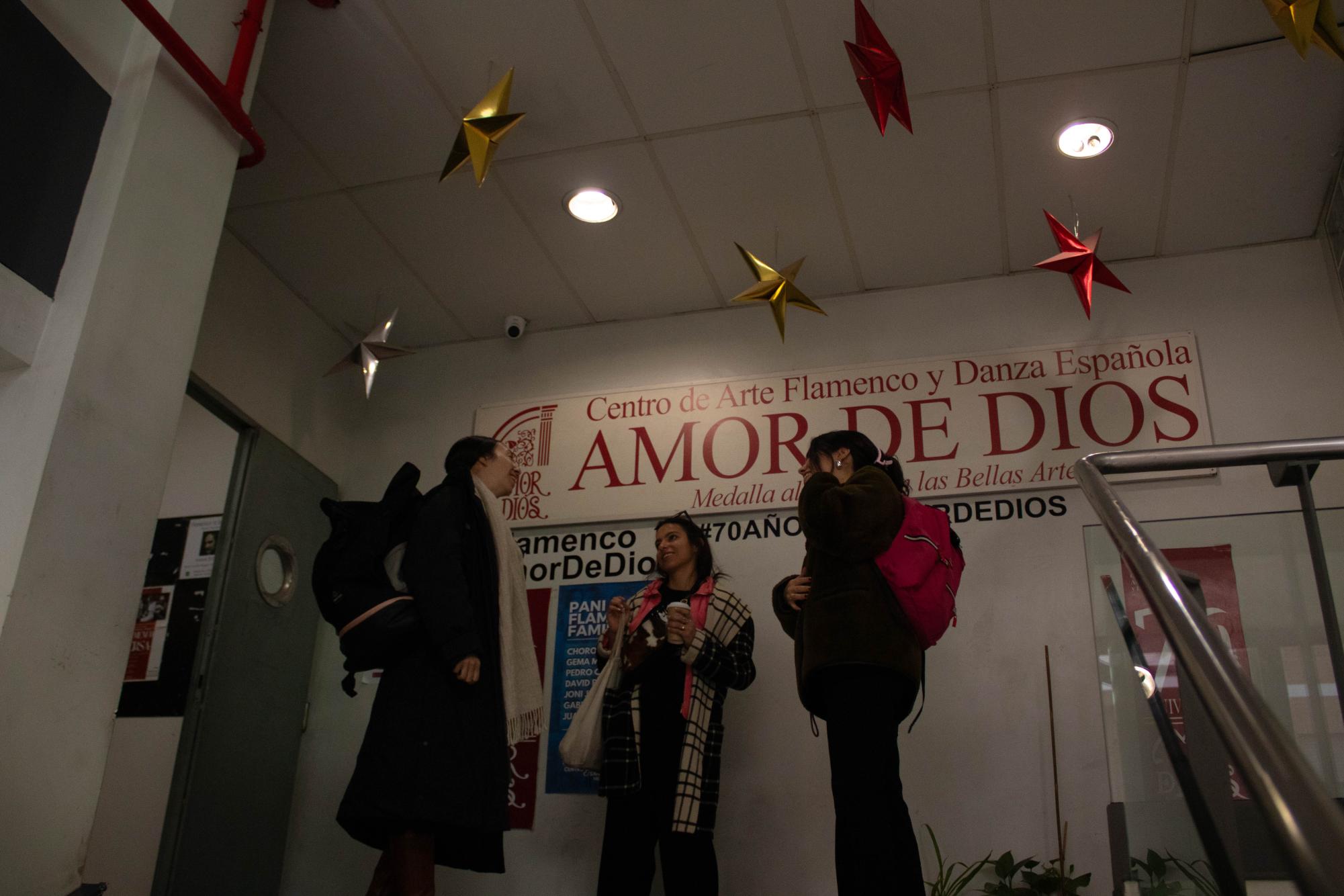
In the heart of Madrid, Amor de Dios is one of the most significant Flamenco schools in all of Spain. Founded in the 1950s, it has shaped generations of artists, from seasoned bailiares to young dreamers like Mia. Here, she found her tribe: a community bound by the relentless pursuit of perfection, the bruised feet, the sweat-soaked rehearsals, and the late nights spent lost in the music. Here, Mia found not just teachers, but a family—friends bound by the rhythm of the palmas.

The mantón de Manila, a richly embroidered shawl, is an essential part of flamenco. More than an accessory, it extends the dancer’s movement, adding weight, fluidity, and drama. Mia once struggled with its weight, but now, it moves with her like a second skin. In Mia’s hands, it becomes an extension of her emotions.
This is also Mia. After all these years, she has learnt that to dance Flamenco, you have to live it. The breaks between rehearsals are spent immersed in Spanish culture, whether through music, conversation, or a cigarette in hand. In these quiet moments, Mia is not just a performer but a part of Madrid’s flamenco soul, where passion and tradition intertwine in every corner of the city.
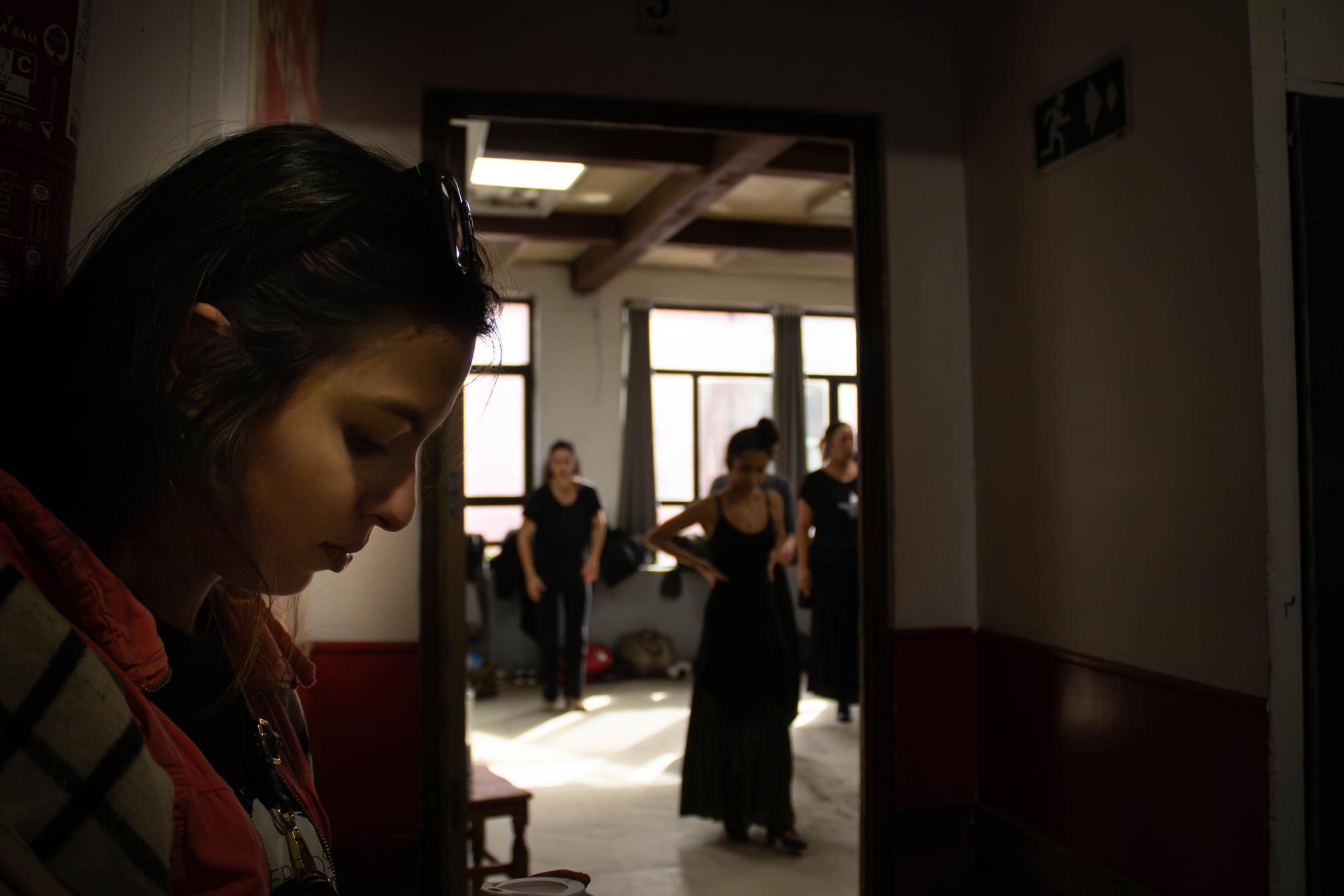
Mia’s story is not just about dance—it is about belonging. As a second-generation Mexican-American, she has often felt like an outsider, both in Spain and within the flamenco world. Her dark features and commanding presence on stage lead many to assume she is gitana (Roma). After one particularly powerful performance, the crowd erupted with admiration, calling her “¡Gitana!” But Mia, unwilling to let others define her, turned and shouted back: “¡Americana!” She is neither, and she is both. She is simply Mia.

A big part of Flamenco’s identity is the footwear; the zapatería. The shoes, reinforced with nails at the toe and heel, transform the dancer’s feet into instruments, striking the floor with precision and intensity. In this image, two pairs of shoes tell the story of Mia’s dual identity: one representing the roots she came from, the other the path she has chosen.
The bata de cola is a symbol of history and belonging, and its details tell stories of generations past. Just as she has fought to claim her space in the flamenco world, she has learned to command the skirt with strength and grace. The ruffles and folds represent something more: the countless hours of practice, the language she pushed to learn, and the struggles of working as a Flamenco dancer under a student visa…!
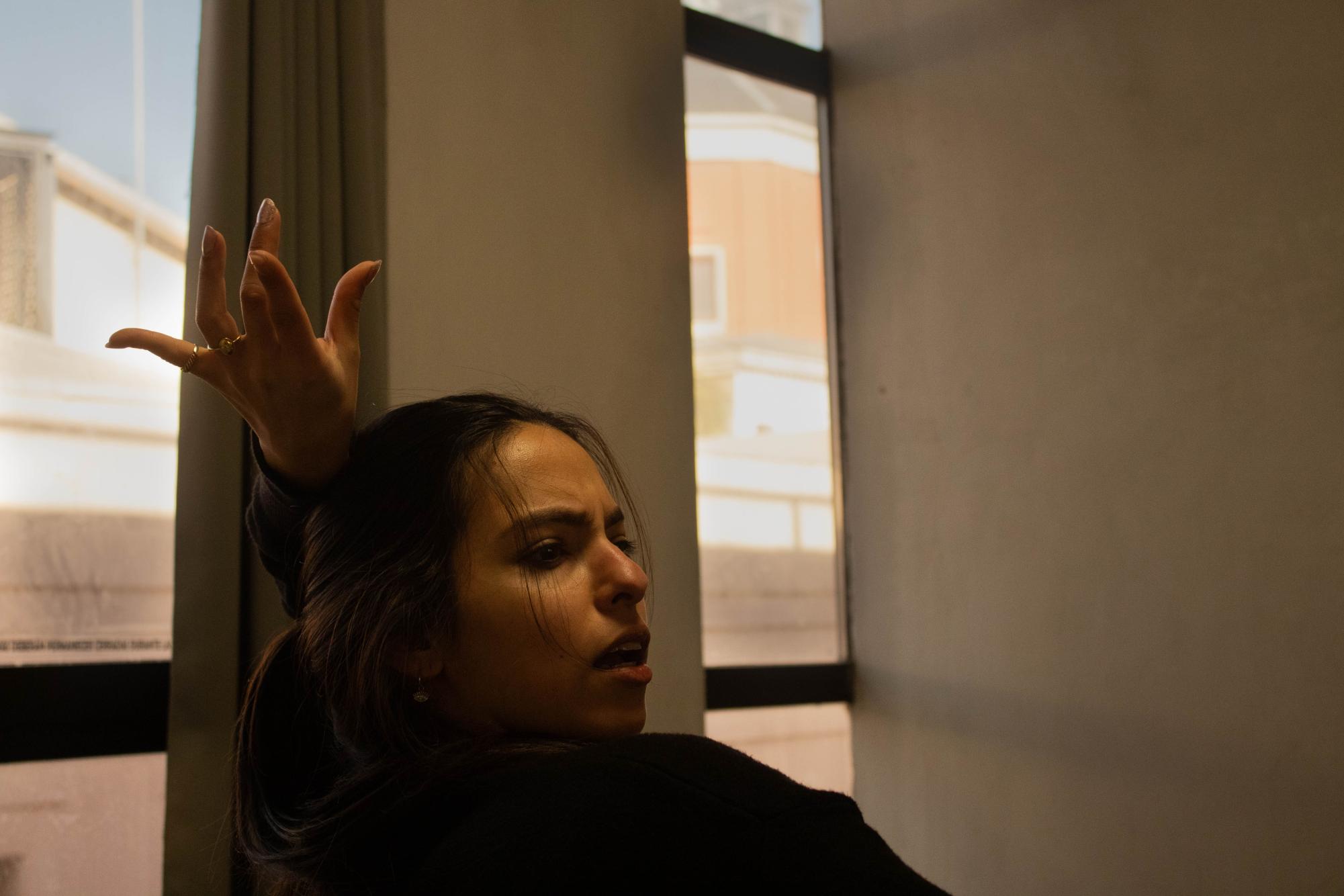
In this final image, Mia embodies duende—that untranslatable force that makes flamenco not just an art form, but a spiritual experience. She is not just an outsider who learned the steps, nor a stranger borrowing a tradition. She is not la gitana, nor la americana. She is Mia, la flamenca—a dancer who has made flamenco her own.

